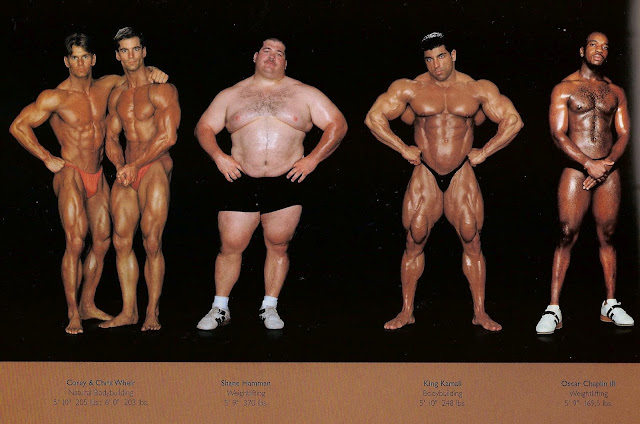Yousuf Karsh: The Art of Immortality
In the world of photographic portraiture, only a handful of names immediately stand out. Pioneers in the field such as Edward Steichen and Richard Avedon reacted to the times they lived in and were celebrated for coming up with unique yet modern approaches to portrait photography. Today's photographers such as Annie Leibovitz and Platon continue that fine tradition. One name however has been immortalized as the unparalleled inspiration for all photographers, past or present. That name is Yousuf Karsh.
Yousuf Karsh first apprenticed in his uncle's photography studio in Canada after he immigrated there first from the Ottoman Empire via Syria. After another apprenticeship in the United States, Karsh established his own studio in Ottawa and steadily become more and more sought-after among the celebrities of the time.
It wasn't until he took the now famous picture of "the roaring lion", otherwise known as the portrait of a smoldering Sir Winston Churchill (above) that his career soared. The story goes like this: It was in 1941, in Ottawa, following Churchill’s speech in the House of Commons. Prime Minister King arranged for a portrait session in the Speaker’s chamber. No one had told Churchill of the session, so after lighting up a cigar he growled, “Why was I not told of this?”
Karsh then asked Churchill to remove the cigar for the photographic portrait. When Churchill refused, Karsh, then 33, walked up to the great man, said, “Forgive me, sir,” and calmly snatched the cigar from Churchill’s lips. As Churchill glowered at the camera, Karsh snapped the picture. Karsh regards that portrait as among his three favorites, the other two being portraits of George Bernard Shaw and Eleanor Roosevelt (text source).
After Churchill's portrait was published, Karsh's career skyrocketed. He was soon travelling the world, taking the portraits of world leaders and celebrities. While he was already quite skilled with his camera by then, it was only after his first international trip that he began the habit of learning more about his subjects before photographing them.
This practice would help him later on break the ice when meeting somebody for the first time and later on building a good rapport with the sitter, to the benefit of the resulting portrait. He would usually talk with the subject during the session, waiting for the right angle, gesture or smile to come out naturally and then instantly click the shutter to capture the moment.
Similar to street photographer Henri Cartier-Bresson's "decisive moment" principle, Karsh believed that there was a particular moment during the portraiture session when the subject would reveal a hidden part of his or her self. According to him, “There is a brief moment when all there is in a man's mind and soul and spirit is reflected through his eyes, his hands, his attitude. This is the moment to record.”
This philosophy, along with his charming and sincere way with his subjects as well as his unmatched skill with his lights and camera equipment meant that each portrait he took would last forever, for the best of reasons. It's no wonder then that the most famous of personalities chose him when it came to formal portraits. As one journalist put it, "when the famous start thinking of immortality, they call for Karsh of Ottawa."
Check out more of Yousuf Karsh's immortal portraits and photographs over at his official website. Be sure to read through some more of his portraiture sittings; each one has a delightful story on how that decisive image was made. The Library and Archives Canada website also has over 600 of his images an negatives (use "Yousuf Karsh" as your keywords). Also, do yourself a favor and get at least one of his many books: Karsh: A Biography In Images, Portrait in Light and Shadow: The Life of Yousuf Karsh or Regarding Heroes.











Knew of his photos but not about him, that's a good story behind the Churchill photo, stunning work.
ReplyDeleteI never knew who took that photo of Churchill. Now I do. Seems like such a cool way to make a living
ReplyDeleteThing is, I never see any big difference between portraits. Okay, different sorts of people, more/less attributes, different angles, but that's it really. I don't find them as interesting as landscape or micro photography, either.
ReplyDeleteIt's all on how you think. Snatching Winston Churchill's cigar like that though, ballsy guy.
ReplyDeleteold people ;D
ReplyDeletegreat post and nice pic
ReplyDeleteawesome photos
ReplyDeleteThose one's of Audrey and Bogart, I want them on my wall!
ReplyDeleteLove the one of Audrey, she was such a beauty...
ReplyDeleteHe is definitely some I look up to. I saw his work at an art gallery before and was blown away by his talent!
ReplyDeletei've seen some of these photographs before. never knew who they belonged to. good story.
ReplyDeleteI am loving the pics.
ReplyDeletenice post :P
ReplyDeleteThese photos are so classy that a glass of single malt scotch appeared in my hand while I looked at them.
ReplyDeleteThese are amazing. I always look forward to your posts, every time I read them I learn something new.
ReplyDeleteThis guy seemed to have quite the talent for portraits.
ReplyDeleteThese are amazing
ReplyDeleteThese pics are completely indicative of this man's talent, wow.
ReplyDeleteBeautiful pictures! Love his work.
ReplyDeletewhat a blog!!!
ReplyDeleteI really like it...
The man of the second photo looks happy :)
really nice
+follow
I hear Iron Maiden's "Aces High" when I see that portrait of Churchill.
ReplyDeleteI am so glad you're doing so well! You know that I would have been there for you if I could have actually been there. But I have been thinking of you often.
ReplyDelete